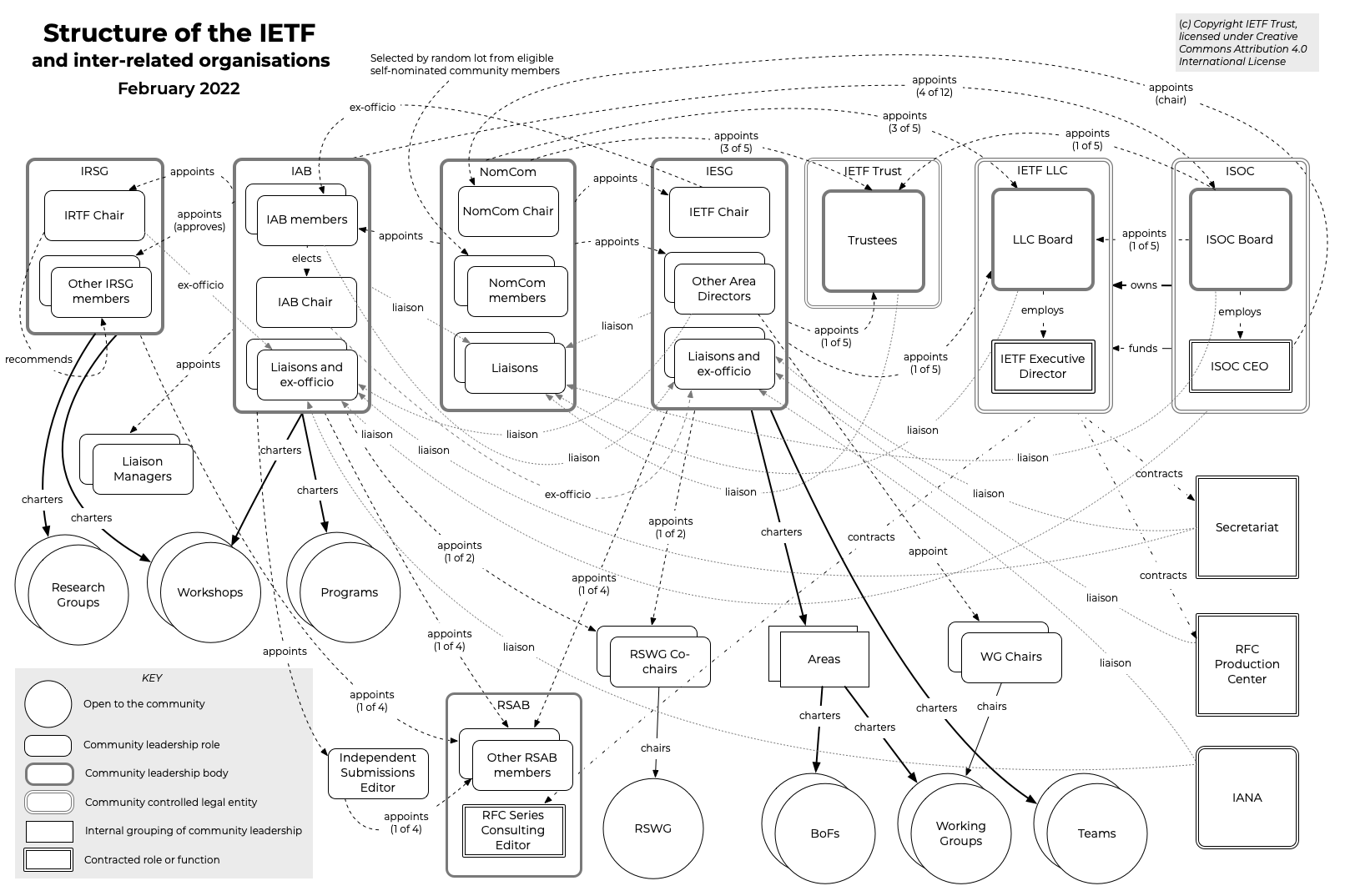|
Variant Object
Variant objects in the context of HTTP are objects served by an Origin Content Server in a type of transmitted data variation (i.e. uncompressed, compressed, different languages, etc.). HTTP/1.1 (1997–1999) introduces Content/Accept headers. These are used in HTTP requests and responses to state which variant the data is presented in. Example Scenario Client: GET /encoded_data.html HTTP/1.1 Host: www.example.com Accept-Encoding: gzip Server: HTTP/1.1 200 OK Server: http-example-server Content-Length: 23 Content-Encoding: gzip See also * HTTP * HTTP compression * List of HTTP headers * Web cache A web cache (or HTTP cache) is a system for optimizing the World Wide Web. It is implemented both client-side and server-side. The caching of multimedia and other files can result in less overall delay when web browser, browsing the Web. Parts o ... References External links How Apache handles content negotiation Network protocols Web browsers Internet protocols ... [...More Info...] [...Related Items...] OR: [Wikipedia] [Google] [Baidu] |
HTTP
HTTP (Hypertext Transfer Protocol) is an application layer protocol in the Internet protocol suite model for distributed, collaborative, hypermedia information systems. HTTP is the foundation of data communication for the World Wide Web, where hypertext documents include hyperlinks to other resources that the user can easily access, for example by a Computer mouse, mouse click or by tapping the screen in a web browser. Development of HTTP was initiated by Tim Berners-Lee at CERN in 1989 and summarized in a simple document describing the behavior of a client and a server using the first HTTP version, named 0.9. That version was subsequently developed, eventually becoming the public 1.0. Development of early HTTP Requests for Comments (RFCs) started a few years later in a coordinated effort by the Internet Engineering Task Force (IETF) and the World Wide Web Consortium (W3C), with work later moving to the IETF. HTTP/1 was finalized and fully documented (as version 1.0) in 1996 ... [...More Info...] [...Related Items...] OR: [Wikipedia] [Google] [Baidu] |
Web Server
A web server is computer software and underlying Computer hardware, hardware that accepts requests via Hypertext Transfer Protocol, HTTP (the network protocol created to distribute web content) or its secure variant HTTPS. A user agent, commonly a web browser or web crawler, initiates communication by making a request for a web page or other Web Resource, resource using HTTP, and the server (computing), server responds with the content of that resource or an List of HTTP status codes, error message. A web server can also accept and store resources sent from the user agent if configured to do so. The hardware used to run a web server can vary according to the volume of requests that it needs to handle. At the low end of the range are embedded systems, such as a router (computing), router that runs a small web server as its configuration interface. A high-traffic Internet website might handle requests with hundreds of servers that run on racks of high-speed computers. A reso ... [...More Info...] [...Related Items...] OR: [Wikipedia] [Google] [Baidu] |
HTTP Compression
HTTP compression is a capability that can be built into web servers and web clients to improve transfer speed and bandwidth utilization. HTTP data is compressed before it is sent from the server: compliant browsers will announce what methods are supported to the server before downloading the correct format; browsers that do not support compliant compression method will download uncompressed data. The most common compression schemes include gzip and Brotli; a full list of available schemes is maintained by the IANA. There are two different ways compression can be done in HTTP. At a lower level, a Transfer-Encoding header field may indicate the payload of an HTTP message is compressed. At a higher level, a Content-Encoding header field may indicate that a resource being transferred, cached, or otherwise referenced is compressed. Compression using Content-Encoding is more widely supported than Transfer-Encoding, and some browsers do not advertise support for Transfer-Encoding co ... [...More Info...] [...Related Items...] OR: [Wikipedia] [Google] [Baidu] |
Internet Engineering Task Force
The Internet Engineering Task Force (IETF) is a standards organization for the Internet standard, Internet and is responsible for the technical standards that make up the Internet protocol suite (TCP/IP). It has no formal membership roster or requirements and all its participants are volunteers. Their work is usually funded by employers or other sponsors. The IETF was initially supported by the federal government of the United States but since 1993 has operated under the auspices of the Internet Society, a non-profit organization with local chapters around the world. Organization There is no membership in the IETF. Anyone can participate by signing up to a working group mailing list, or registering for an IETF meeting. The IETF operates in a bottom-up task creation mode, largely driven by working groups. Each working group normally has appointed two co-chairs (occasionally three); a charter that describes its focus; and what it is expected to produce, and when. It is open ... [...More Info...] [...Related Items...] OR: [Wikipedia] [Google] [Baidu] |
List Of HTTP Headers
HTTP header fields are a list of strings sent and received by both the client program and server on every HTTP request and response. These headers are usually invisible to the end-user and are only processed or logged by the server and client applications. They define how information sent/received through the connection are encoded (as in Content-Encoding), the session verification and identification of the client (as in browser cookies, IP address, user-agent) or their anonymity thereof (VPN or proxy masking, user-agent spoofing), how the server should handle data (as in Do-Not-Track or Global Privacy Control), the age (the time it has resided in a shared cache) of the document being downloaded, amongst others. General format In HTTP version 1.x, header fields are transmitted after the request line (in case of a request HTTP message) or the response line (in case of a response HTTP message), which is the first line of a message. Header fields are colon-separated key-valu ... [...More Info...] [...Related Items...] OR: [Wikipedia] [Google] [Baidu] |
Web Cache
A web cache (or HTTP cache) is a system for optimizing the World Wide Web. It is implemented both client-side and server-side. The caching of multimedia and other files can result in less overall delay when web browser, browsing the Web. Parts of the system Forward and reverse A forward cache is a cache outside the web server's network, e.g. in the client's web browser, in an ISP, or within a corporate network. A network-aware forward cache only caches heavily accessed items. A proxy server sitting between the client and web server can evaluate HTTP headers and choose whether to store web content. A reverse cache sits in front of one or more web servers, accelerating requests from the Internet and reducing peak server load. This is usually a content delivery network (CDN) that retains copies of web content at various points throughout a network. HTTP options The Hypertext Transfer Protocol (HTTP) defines three basic mechanisms for controlling caches: freshness, validation, and ... [...More Info...] [...Related Items...] OR: [Wikipedia] [Google] [Baidu] |
Network Protocols
A communication protocol is a system of rules that allows two or more entities of a communications system to transmit information via any variation of a physical quantity. The protocol defines the rules, syntax, semantics, and synchronization of communication and possible error recovery methods. Protocols may be implemented by hardware, software, or a combination of both. Communicating systems use well-defined formats for exchanging various messages. Each message has an exact meaning intended to elicit a response from a range of possible responses predetermined for that particular situation. The specified behavior is typically independent of how it is to be implemented. Communication protocols have to be agreed upon by the parties involved. To reach an agreement, a protocol may be developed into a technical standard. A programming language describes the same for computations, so there is a close analogy between protocols and programming languages: ''protocols are to communicat ... [...More Info...] [...Related Items...] OR: [Wikipedia] [Google] [Baidu] |
Web Browsers
A web browser, often shortened to browser, is an application for accessing websites. When a user requests a web page from a particular website, the browser retrieves its files from a web server and then displays the page on the user's screen. Browsers can also display content stored locally on the user's device. Browsers are used on a range of devices, including desktops, laptops, tablets, smartphones, smartwatches and consoles. As of 2024, the most used browsers worldwide are Google Chrome (~66% market share), Safari (~16%), Edge (~6%), Firefox (~3%), Samsung Internet (~2%), and Opera (~2%). As of 2023, an estimated 5.4 billion people had used a browser. Function The purpose of a web browser is to fetch content and display it on the user's device. This process begins when the user inputs a Uniform Resource Locator (URL), such as ''https://en.wikipedia.org/'', into the browser's address bar. Virtually all URLs on the Web start with either ''http:'' or ''https:'' whi ... [...More Info...] [...Related Items...] OR: [Wikipedia] [Google] [Baidu] |
Internet Protocols
The Internet protocol suite, commonly known as TCP/IP, is a framework for organizing the communication protocols used in the Internet and similar computer networks according to functional criteria. The foundational protocols in the suite are the Transmission Control Protocol (TCP), the User Datagram Protocol (UDP), and the Internet Protocol (IP). Early versions of this networking model were known as the Department of Defense (DoD) model because the research and development were funded by the United States Department of Defense through DARPA. The Internet protocol suite provides End-to-end principle, end-to-end data communication specifying how data should be packetized, addressed, transmitted, routed, and received. This functionality is organized into four abstraction layers, which classify all related protocols according to each protocol's scope of networking. An implementation of the layers for a particular application forms a protocol stack. From lowest to highest, the laye ... [...More Info...] [...Related Items...] OR: [Wikipedia] [Google] [Baidu] |
Application Layer Protocols
Application may refer to: Mathematics and computing * Application software Application software is any computer program that is intended for end-user use not operating, administering or programming the computer. An application (app, application program, software application) is any program that can be categorized as ..., computer software designed to help the user to perform specific tasks ** Application layer, an abstraction layer that specifies protocols and interface methods used in a communications network * Function application, in mathematics and computer science Processes and documents * Application for employment, a form or forms that an individual seeking employment must fill out * College application, the process by which prospective students apply for entry into a college or university * Patent application, a document filed at a patent office to support the grant of a patent Other uses * Application (virtue), a characteristic encapsulated in diligence * T ... [...More Info...] [...Related Items...] OR: [Wikipedia] [Google] [Baidu] |
Open Formats
An open file format is a file format for storing Data (computing), digital data, defined by an openly published specification usually maintained by a standards organization, and which can be used and implemented by anyone. An open file format is licensed with an open license. For example, an open format can be implemented by both proprietary software, proprietary and free software, free and open-source software, using the typical software licenses used by each. In contrast to open file formats, Proprietary file format, closed file formats are considered trade secrets. Depending on the definition, the specification of an open format may require a fee to access or, very rarely, contain other restrictions. The range of meanings is similar to that of the term open standard. Specific definitions UK government In 2012 the UK Government created the policy Open Standards Principles, stating that the Open Standards Principles apply to every aspect of government IT and that Government ... [...More Info...] [...Related Items...] OR: [Wikipedia] [Google] [Baidu] |




